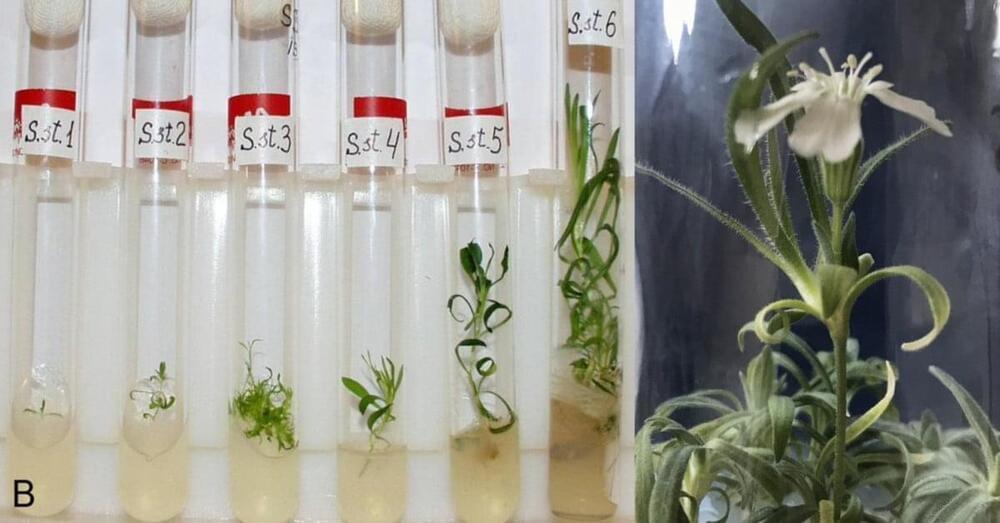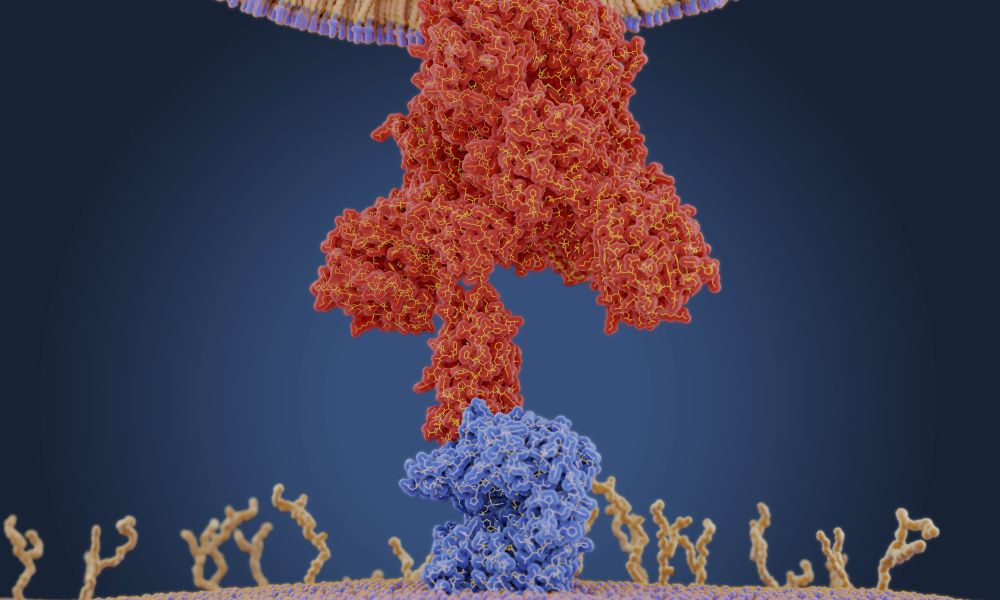Reviving a Pleistocene Plant
Thanks Kim K.
A real little time traveler.

The Space Renaissance Academy kicked-off a very ambitious initiative: to build the greatest planetary mentorship programme.
The programme is made by two main parts:

In mammals, such as humans, DNA contains genetic instructions that are transcribed—or copied—into RNA. While DNA remains in the cell’s nucleus, RNA carries the copies of genetic information to the rest of the cell by way of various combinations of amino acids, which it delivers to ribosomes. The ribosomes link the amino acids together to form proteins that then carry out functions within the human body.
The viral RNA is sneaky: its features cause the protein synthesis machinery of our cells to mistake it for RNA produced by our own DNA.
COVID-19 enters the body through the nose, mouth, or eyes and attaches to our cells. Once the virus is inside our cells, it releases its RNA. Our hijacked cells serve as virus factories, reading the virus’s RNA and making long viral proteins to compromise the immune system. The virus assembles new copies of itself and spreads to more parts of the body and—by way of saliva, sweat, and other bodily fluids—to other humans.
RNA research at the University of Rochester provides a foundation for developing antiviral drugs, vaccines, and other therapeutics to disrupt coronavirus.
This week:
🚀 Our NASA’s Perseverance Mars Rover gets closer to launch ☄️ Comet NEOWISE spotted from the International Space Station 🛰️ Building a spacecraft to explore a metal-rich asteroid.


You can find our beautiful education posters in our shop: https://shop.kurzgesagt.org
This video was made possible by a grant from the Templeton World Charity Foundation.
Sources & further reading:
https://sites.google.com/view/sourcesintelligence
Humans are proud of a lot of things, from particle accelerators, to poetry to pokemon. All of them made possible because of something humans value extremely highly: intelligence.
OUR CHANNELS
▀▀▀▀▀▀▀▀▀▀▀▀▀▀▀▀▀▀▀▀▀▀▀▀▀▀
German Channel: https://kgs.link/youtubeDE
Spanish Channel: https://kgs.link/youtubeES
HOW CAN YOU SUPPORT US?

Last month, the U.S. Department of Defense and GM Defense LLC announced an agreement worth about $214,3 million to build, field and sustain the Army’s new Infantry Squad Vehicle (ISV).
The ISV program will provide Infantry Brigade Combat Teams an additive lightweight vehicle to move Soldiers and their equipment quickly over complex and difficult cross-country terrain. Designed to provide rapid ground mobility, the expeditionary ISV is a light and agile all-terrain troop carrier intended to transport a nine-Soldier infantry squad moving throughout the battlefield.
The total production ISV contract award value is $214.3 million to procure the initial Army Procurement Objective of 649. The approved Army Acquisition Objective is 2,065 vehicles.

The Marine Corps has seen hundreds of new recruits at boot camp test positive for the illness caused by the novel coronavirus, but their symptoms have been so mild that it hasn’t disrupted training, a two-star general said this week.
Fewer than 2% of the Marine recruits who’ve reported to boot camp since the start of the pandemic have tested positive for COVID-19, Maj. Gen. Bill Mullen, head of Training and Education Command, said Tuesday.
Read Next: Here’s How the Navy’s New PRT Plank Event Will Be Scored.

Yesterday, the official Twitter account of the International Space Station posted a short video interview in which NASA astronaut Doug Hurley explains what it’s like to try and capture the beauty of Earth from 250 miles above.
It’s a short video, but Col. Hurley tries to describe the feeling of looking down at the Earth from the edge of space, passing over recognizable landmarks and marveling at the beauty of it all—then trying your best to convey that feeling in every photo.
“Personally, it’s just trying to convey to as many people as we can … just what we see with our eyes when we look out the window up here. And how different it is to view the Earth from space than it is to be standing on the ground somewhere,” says Hurley. “[We’re] just trying to convey that it’s just an emotional response that you have when you look down at the planet.”